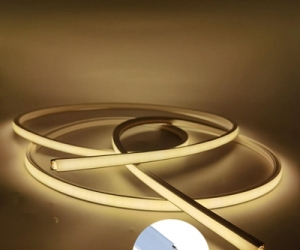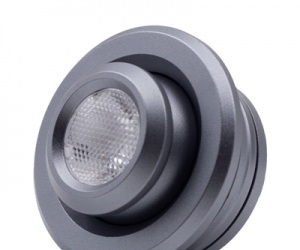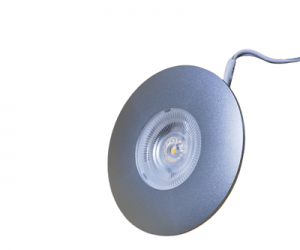LED closet lights often incorporate motion sensors to operate automatically. Here's how they typically work:
Motion Detection: LED closet lights are equipped with PIR motion sensors, such as passive infrared (PIR) sensors or ultrasonic sensors, that detect movement within their range.
Detection Range: When someone enters the closet or moves within the sensor's detection range, the sensor detects the motion.
Signal Processing: The sensor sends a signal to the light fixture, triggering it to turn on in response to the detected motion.
Time Delay: LED closet lights often have built-in time delay settings, allowing them to remain on for a set period after the last detected motion. This feature ensures that the light does not turn off immediately while someone is still in the closet.
Automatic Shut-Off: After the preset time delay has elapsed without any further motion detected, the LED light automatically switches off to conserve energy.
Manual Override: Some LED closet lights also have manual override options, allowing users to switch the light on or off manually if needed, regardless of motion detection.
By utilizing motion sensors and intelligent control mechanisms, LED closet lights can provide hands-free illumination, ensuring convenient and energy-efficient lighting within closets and other enclosed spaces.

-
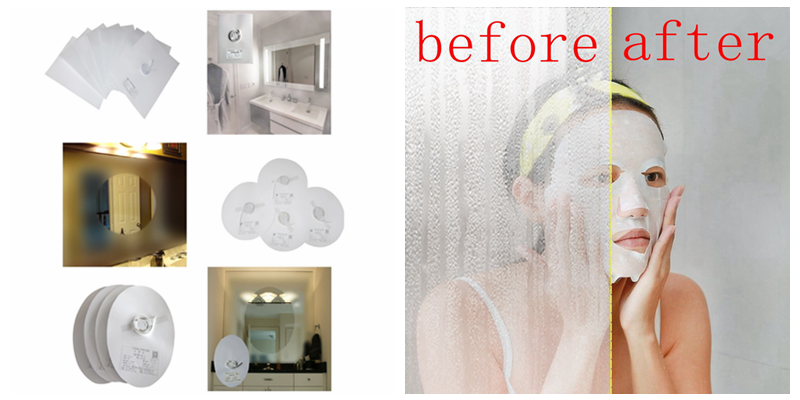 How to Install Heat Pad on Mirror?
How to Install Heat Pad on Mirror?Do you like ?0
Read more -
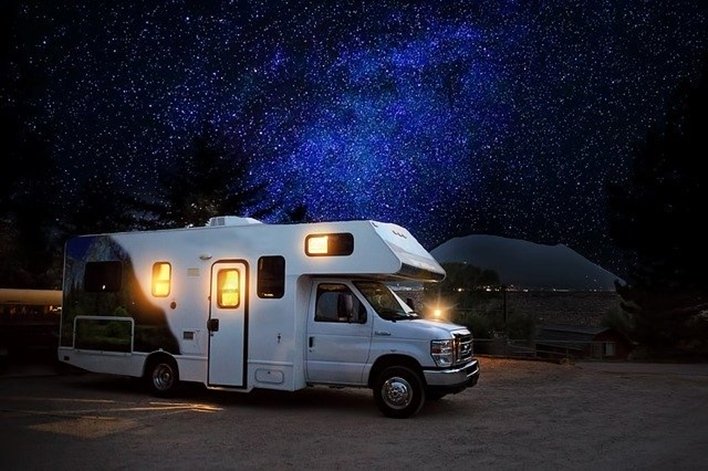 Why LED Lights are Perfect for RVs & Boats?
Why LED Lights are Perfect for RVs & Boats?Do you like ?0
Read more -
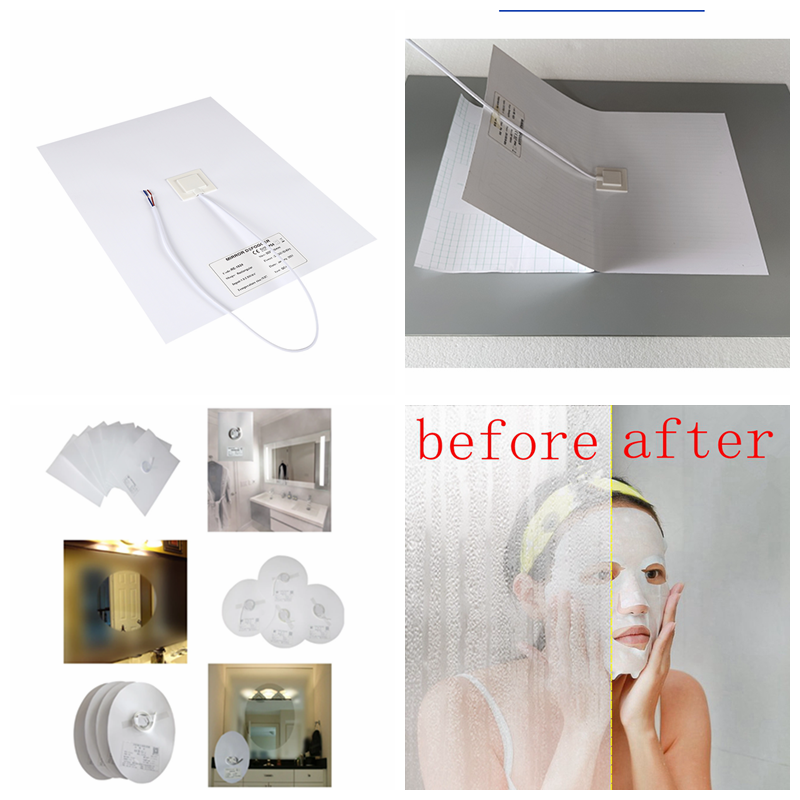 How Good Anti-fog Film for Mirror!
How Good Anti-fog Film for Mirror!Do you like ?0
Read more -
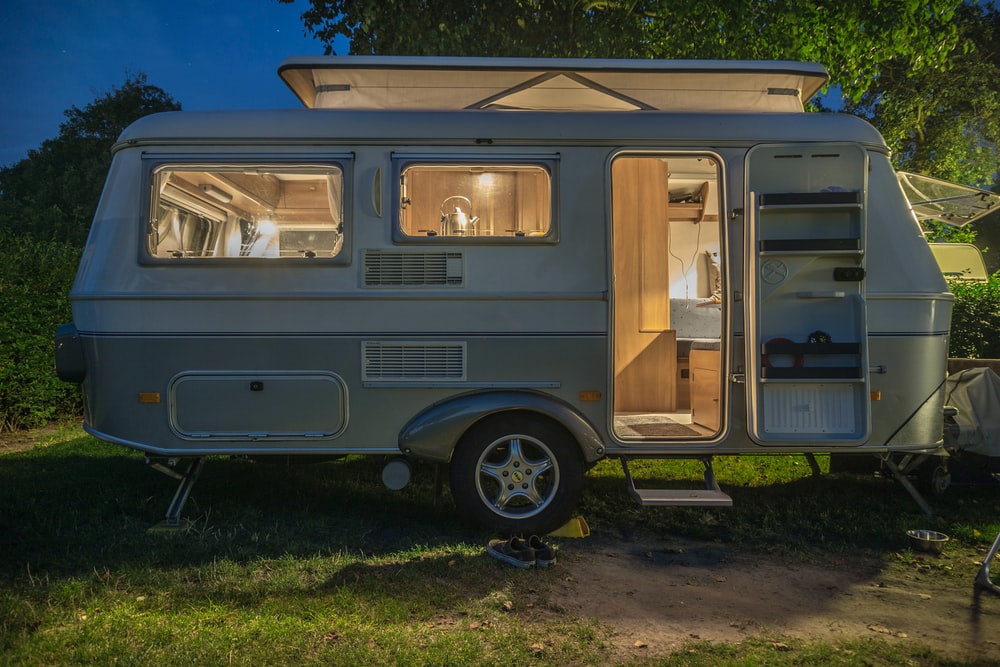 How do you choose which lights to buy for your RV’s interior?
How do you choose which lights to buy for your RV’s interior?Do you like ?0
Read more -
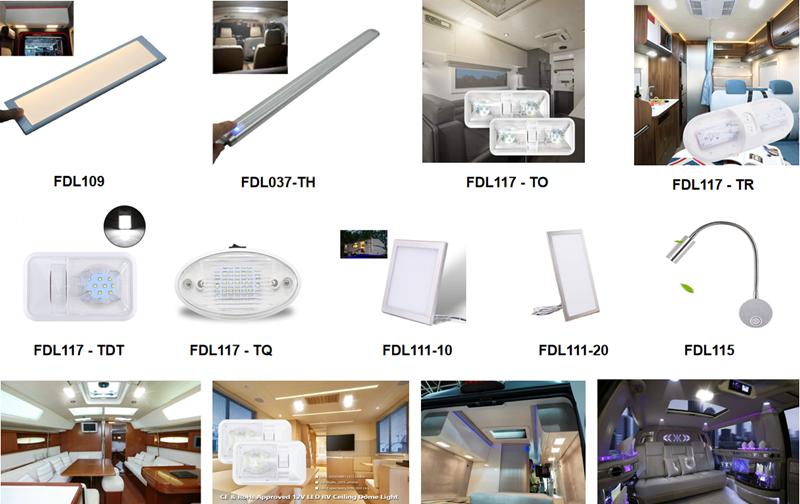 What Are the Most Common Interior Lights Used by RV Manufacturers?
What Are the Most Common Interior Lights Used by RV Manufacturers?Do you like ?0
Read more -
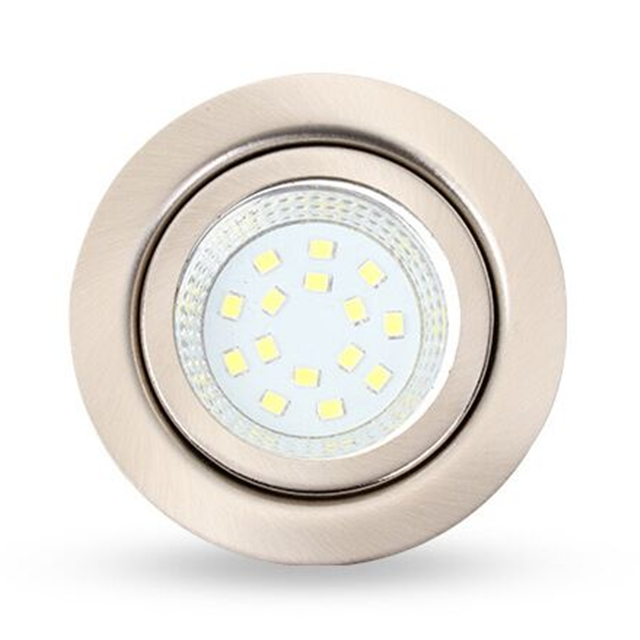 Do You Know The Great Uses for Puck Lights?
Do You Know The Great Uses for Puck Lights?Do you like ?0
Read more

